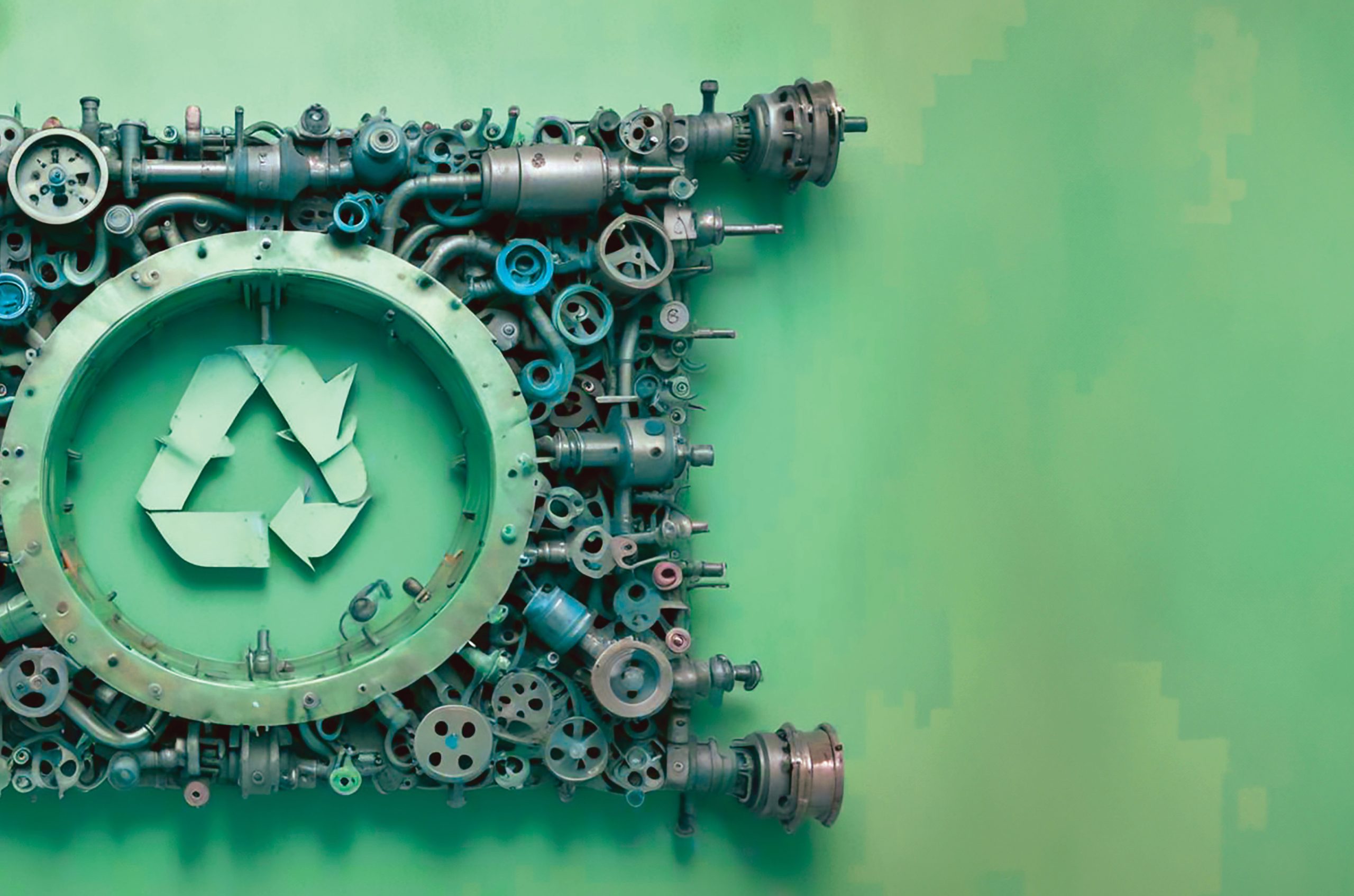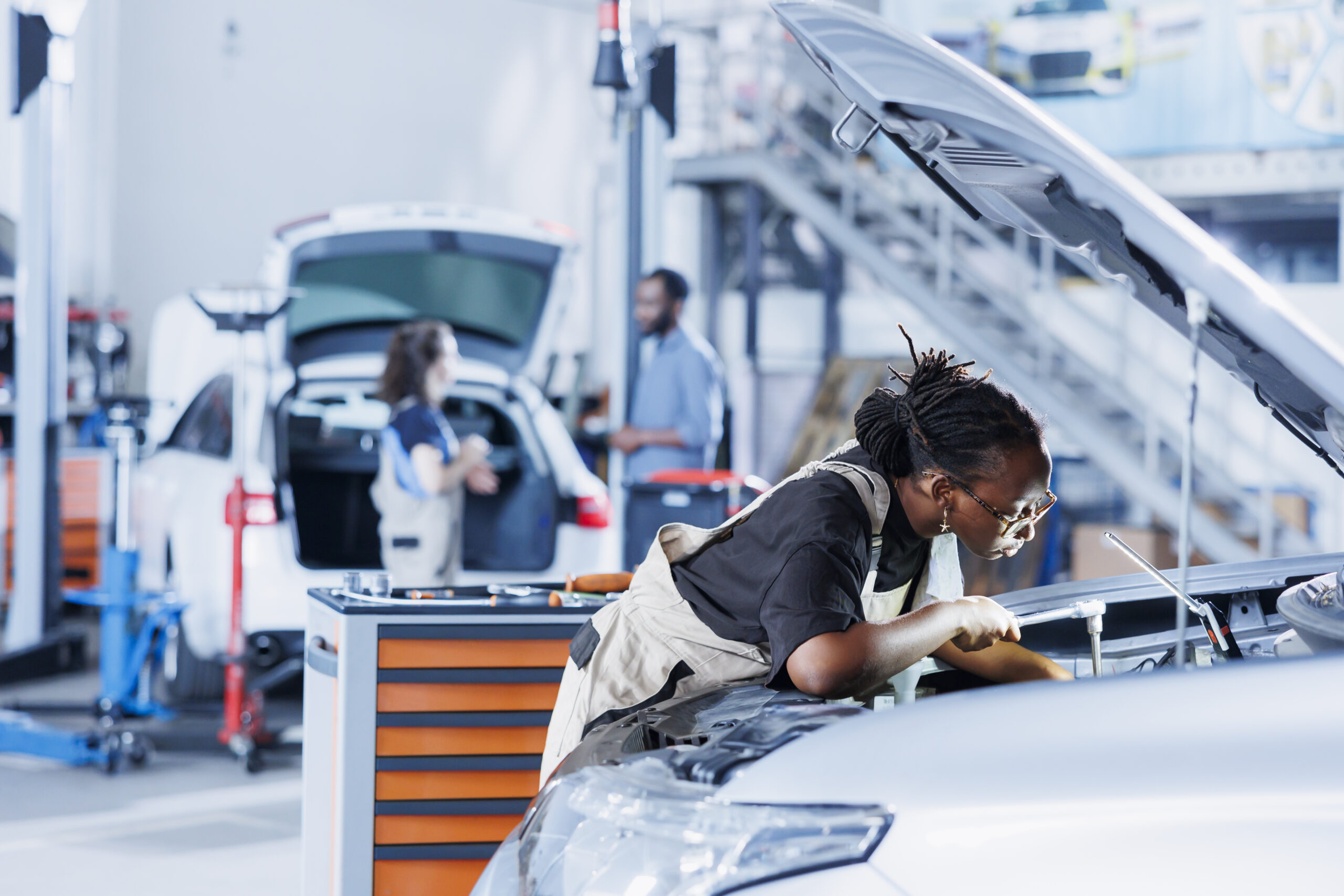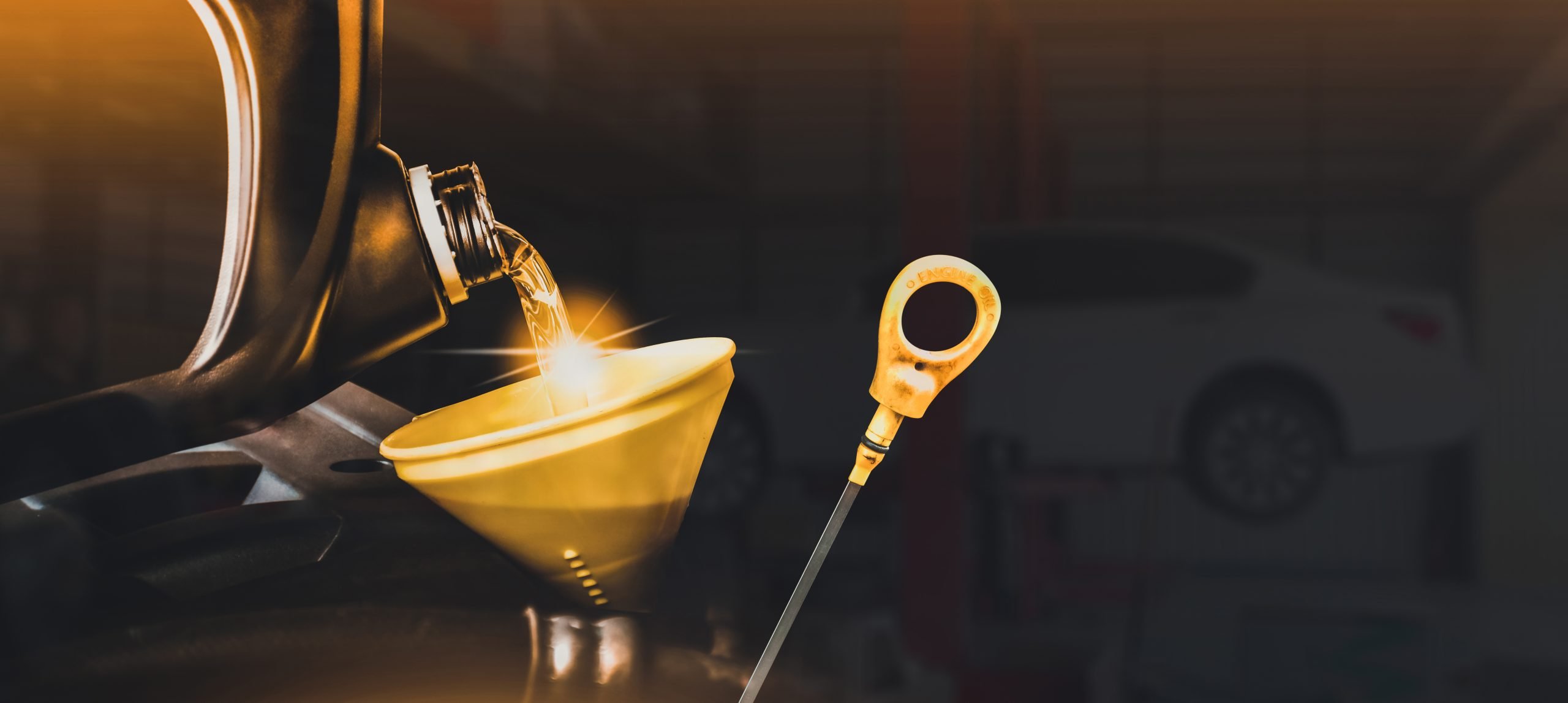
Within the automotive aftermarket, there are several misconceptions about sustainability. While some may dismiss sustainability as an industry buzzword or an effort replaced by profits or customer demand, nothing is further from the truth.
In fact, finding new ways to be sustainable for environmental stewardship, the betterment of the business and a growing number of customers looking for companies that embrace these practices has never been more prominent in the auto care industry than it is now.
“The automotive and commercial vehicle aftermarket has a long history of helping society meet its need for transportation,” said John Chalifoux, chief sustainability officer and Chief operating officer of aftermarket suppliers for the Motor and Equipment Manufacturers Association (MEMA). “With today’s increased focus on sustainability, more can be done to show the strides our industry is taking to do the right thing — now and for generations to come.”
And more is being done. Launched just last year, MEMA was formed to meet the needs of its members given the rise in the importance of sustainability and ESG — environmental, social and governance. It focuses on education, advocacy and problem-solving.
“The centre offers education and peer-sharing programming for members. With the help of our affiliate members, we initiated Sustainability Hour — virtual one-hour sessions that focus on a specific topic or point of view,” Chalifoux explained. “Currently, we are hosting one session per month. We also offer sustainability workshops, where members can roll up their sleeves and spend time learning and sharing on topics related to compliance, value creation and building advantage.”
Learning and sharing this knowledge is key, Chalifoux said, to shedding a perception of the automotive aftermarket industry that does not always match reality.
“Sustainability is about being responsible to people, the planet and your business. Every aftermarket company has an opportunity to identify what they’re good at and establish a business case for sustainability,” he said. “Show what your company or shop is doing to make a difference for the environment and the people you serve. Highlight everything from battery and oil recycling and reduced energy usage to water conservation and thoughtful community programs.”
One of the biggest challenges in the automotive aftermarket industry and an area that increases the industry’s sustainability revolves around remanufactured products.
“One key challenge is helping the market understand that the quality of a remanufactured product is as good as new,” said Ben Smart, vice-president of the North America region with ZF Aftermarket. “There is a lingering perception that remanufactured products are lower quality because their core is a used part. In reality, the castings and other materials on a remanufactured part are generally better quality than those of today’s reverse-engineered products.”
“One key challenge is helping the market understand that the quality of a remanufactured product is as good as new.”
Smart adds that the other benefit of a remanufactured product is its sustainability. At ZF Aftermarket, products are not thrown away after a single use but are instead shared, repaired, refurbished, reused and recycled.
“This approach not only reduces resource consumption, emissions and waste, but also lowers material costs,” Smart said. “It makes it possible for products to have multiple lifecycles and offers significant time, material and cost savings when compared to creating a replacement product completely from scratch.”
Through its North American reman operations, ZF Aftermarket has reduced its CO2 emissions by an estimated 8,874 tonnes, lowered energy use by 12.3 million kWh and salvaged 2,823 tonnes of material.
In addition to creating superior products and keeping the automotive aftermarket supply chain stocked with quality parts, remanufacturing also reduces the need for new materials.
“Just as we have learned to use recycled paper products, we should apply the same principles to parts,” Houman Kashanipour, CEO and president of Alliant Power, a diesel engine parts, service and repair company explained. “The extraction of materials from the earth at our current rate is unsustainable. The fresh water required to process new materials is becoming increasingly scarce, making it crucial to rebuild and reuse older products.”
Quality products, whether new or remanufactured, help the industry reach sustainability goals.
“High-quality products reduce the need for new ones, conserving energy and natural resources,” Kashanipour added. “The costs and resources required to build new products are not well understood, presenting an opportunity to highlight the benefits of sustainable practices.”
South of the border, the U.S. International Trade Commission and MEMA are aligned when it comes to the definition of remanufacturing — an industrial process that restores end-of-life goods to original working conditions or better.
“That leads to remanufactured products that are indistinguishable from new products in terms of quality, performance, appearance, functionality and warranty and, in some cases, they are better than new products,” Chalifoux said.
It’s also important, however, that companies are transparent about the products they remanufacture.
“One problem is the term ‘remanufactured’ can be misused by companies and individuals to refer to products that are not truly remanufactured,” Chalifoux said. “In addition to knowing the source of remanufactured goods, customers can also rely on an industry certification. MEMA and its members are behind a quality process certification named Manufactured Again, which holds remanufacturers to the same international quality standards as new manufacturers.”
Wants and needs of customers
More than ever, customers in the automotive aftermarket sector are looking at the sustainability of the companies they do business with and getting that message out is important for future success.
“When it comes to ESG data, think of five action verbs: Collect, analyze, validate, report and communicate,” Chalifoux said. “Validate and communicate are so important; make sure you tell your true story.”
Smart is not shy when it comes to getting his company’s message out on its sustainability efforts, both to its customers and employees. In addition to embracing such elements as employee development and diversity, safety, human rights and responsible corporate behaviour, ZF Aftermarket has helped its customers through the transition from being defined by the internal combustion engine to one more defined by CASES —connected, automated, sustainable, electrified and shared.
“We’re making it clear that ZF Aftermarket’s goal is to be the green and sustainable aftermarket leader. ZF has committed to being carbon-neutral across all emission categories by 2040, 10 years ahead of what is required by the Paris Climate Agreement,” he said. “A significant part of meeting our climate goals will be achieved by powering our manufacturing sites and offices with more ‘green electricity’ from renewable sources.”
Smart’s goal is for ZF to switch completely to green electricity by 2030 and to reach 40 per cent next year.
“Investing more in technologies that help us reclaim and upgrade products, rather than constantly building new ones, is essential.”
Overcoming challenges
In addition to the perception of remanufactured products, Smart says some of the hurdles when it comes to increasing sustainability in the automotive aftermarket include building strong relationships, embracing digitization and attracting new talent.
“Ten or 15 years ago, workshops competed with each other for the best mechanics. Today, they must compete with many different types of industries for the best software and data analytics experts,” he said, adding that Gen Z is a digital-first generation of workers. “They’re tech-savvy and eco-conscious, but these potential employees are often unfamiliar with the aftermarket and its broad field of activities. They often don’t realize the profound ways vehicle maintenance has changed; what used to be managed with a wrench and oil is now proactively handled through software and electronics.”
Kashanipour agreed, saying the need for a skilled workforce capable of performing increasingly technical and complicated repairs is vital for continued sustainability in the sector.
“Collaboration between OEMs and the aftermarket is essential to provide access to the information required for repairs,” he said, “which is why the ‘right to repair’ is so critical and a must.”
For those in the automotive aftermarket, sustainability is not a simple buzzword; it’s a way to streamline operations, improve their bottom line, create a quality workplace, improve customer relations and, ultimately, minimize their environmental impact.
But, as Kashanipour points out, the industry needs to continue to advocate for sustainable practices and people need to be aware of what businesses are doing for the momentum to keep rolling.
“Investing more in technologies that help us reclaim and upgrade products, rather than constantly building new ones, is essential,” he said. “Remanufacturing is green and sustainable and we must emphasize its importance and benefits.”











Leave a Reply